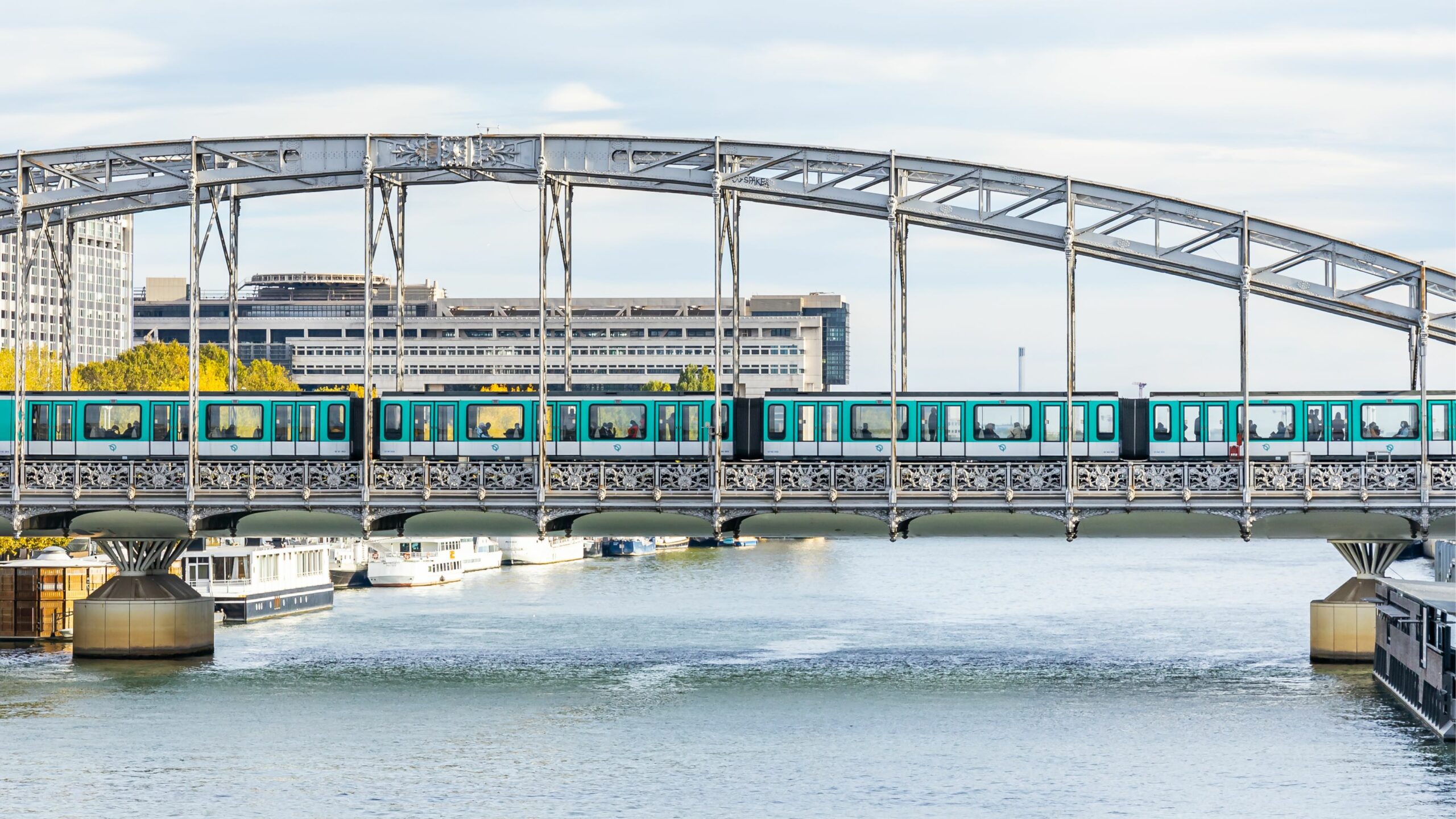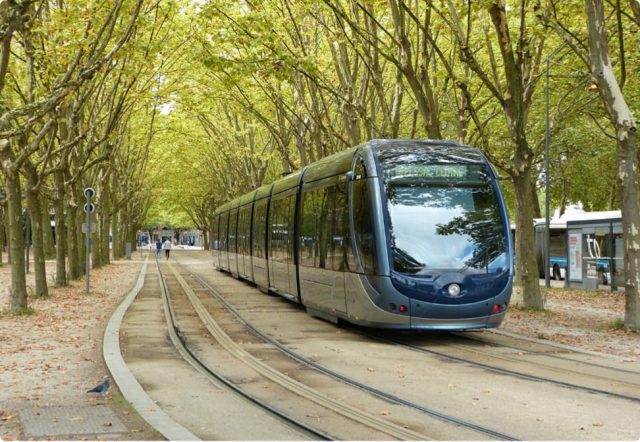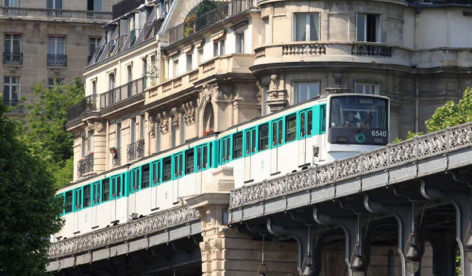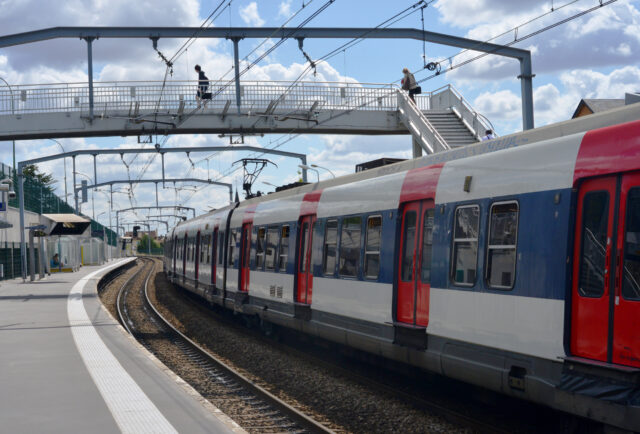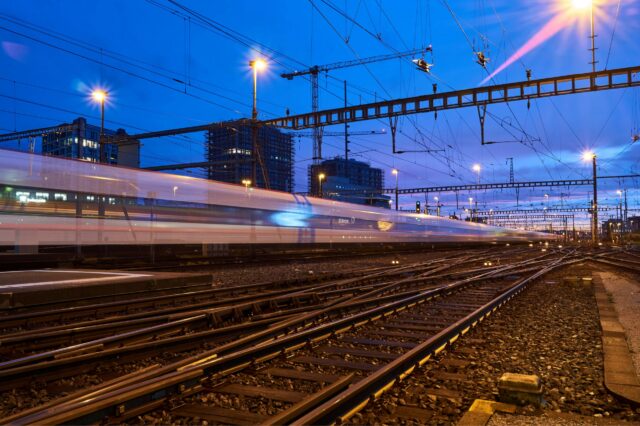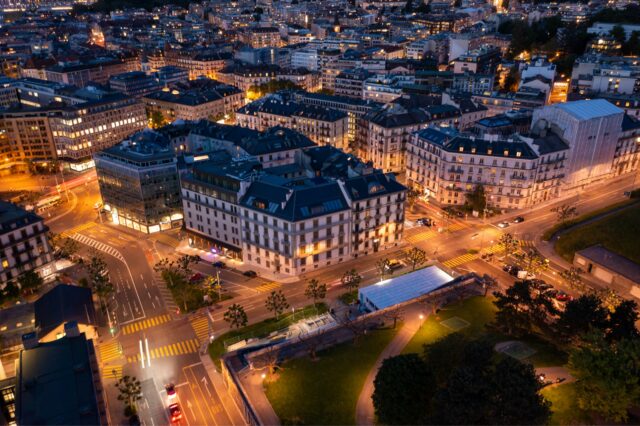Today, more than 70% of the European population lives in urban areas (there are significant differences between countries – from 50% to 80%); this share is expected to grow to 90% by 2080 (source: EIB). Globally, 55% of the population is urban, i.e. about 4.2 billion people (source: World Bank).
This rapid urbanisation poses many challenges, particularly in terms of land management and, subsequently, mobility networks.
For urban public transport networks (“mass transit” in Anglo-Saxon language), meeting the challenges often means carrying out planned network extensions while maintaining the condition and performance of the existing infrastructure. In other words, network development should not be at the expense of the existing network.
As with the railway networks, the levers of performance lie in :
- Innovation: improving the principles of operation, maintenance and renewal of infrastructures, production methods for construction sites, etc. At the same time, it is a question of ensuring the maintenance in operational condition and then the gradual eradication of equipment inherited from the past that is likely to constitute significant volumes.
- Optimising the interaction between vehicles and infrastructure.
- Staggering construction volumes over time, so as to avoid peaks in workloads that have adverse effects on travellers; such periods of industrial overheating usually involve resource pressures and, consequently, higher unit costs.
- Scenario-building: this is a matter of scenario-building on the effects of the current budgetary framework in the medium and long term, in order to properly inform public policies in this area and to prioritise investments.
The challenges faced by mass transit networks are similar to those faced by national rail networks, but their intensity is multiplied by the complexity inherent in the density of the urban fabric as well as the size of the passenger flows.

Understanding and modelling
We design solutions that integrate the complexity, without complication, of your systems, whether it be technical, organisational or skill-based. We develop the asset management modelling and simulation platform: Eqylibr®.

Mobilising and capitalising on expertise
We enhance the expertise of your teams and perpetuate their business knowledge through digital models integrated into customised asset management tools (in the Office® suite for example) or market tools (CMMS, Eqylibr®, etc.).

Advise and transform
We provide transparent advice and create an environment conducive to the evolution of your organisation (change management) by passing on our know-how, making our digital tools available and implementing change management programmes.
From rail to mass transit...
We have been working with national and international public transport networks for over 20 years.
The beginnings of IMDM’s activity date back to the Swiss Federal Institute of Technology of Lausanne (EPFL) and its transport laboratory. In 2015, IMDM and EPFL joined forces to conduct an infrastructure audit of the Paris metro and RER networks.
We carry out assignments for urban networks (such as the RATP) or mobility organising authorities, such as IDFM (Île-de-France Mobilités) or Bordeaux Métropole: optimisation of asset management strategies (infrastructure and rolling stock), assistance in drawing up the content of public service delegation contracts (DSP), safety management audits, support and training in asset management and ISO 55,000 certification audits.
Our life cycle models and digital asset management platform are used in these assignments. Our results are used in contract negotiations between infrastructure managers and the authorities that finance infrastructure.
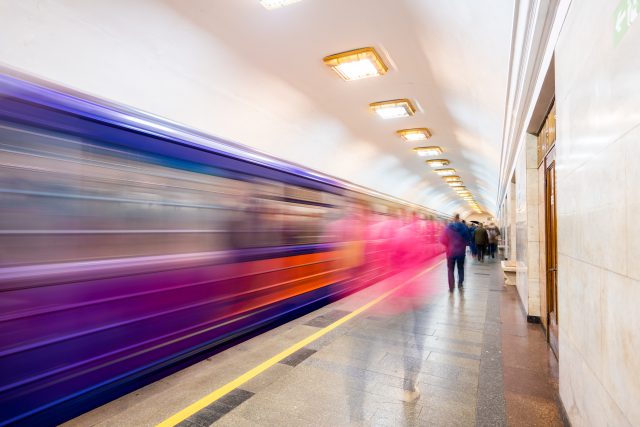
Some references accompanied in the industry of mass transit networks
All our referencesWould you like to know more?
If you are interested in our services and would like additional information.

